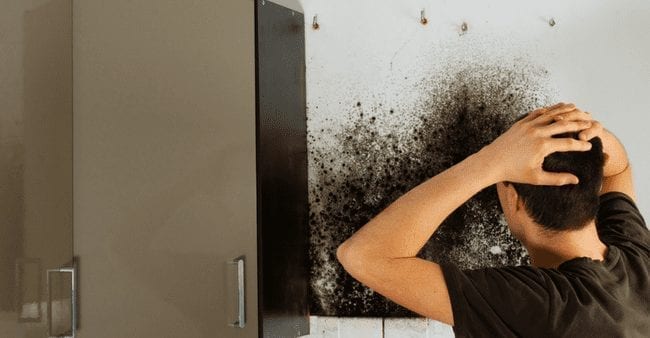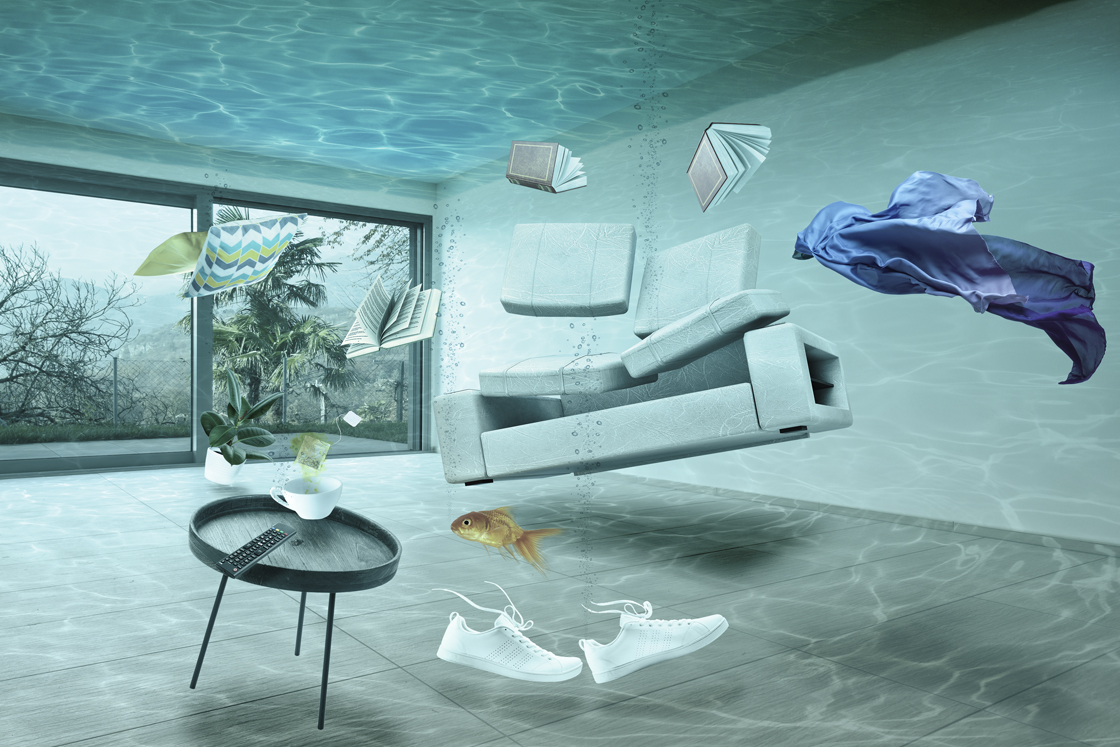We've come across this great article on Finding hidden leaks down the page on the web and think it made perfect sense to share it with you here.

Early discovery of leaking water lines can mitigate a possible disaster. Aside from conserving you money, it will decrease the stress and stress. The minute you discover a leak, calling your plumber for repair services is the best solution. Some small water leaks might not be noticeable. If you can not discover it with your naked eyes, here are some hacks that assist.
1. Analyze the Water Meter
Inspecting it is a proven method that aids you uncover leaks. If it relocates, that suggests a fast-moving leakage. This indicates you might have a slow-moving leak that can also be underground.
2. Examine Water Usage
Evaluate your water costs and also track your water usage. As the one paying it, you should see if there are any type of disparities. If you identify sudden changes, despite your consumption being the same, it means that you have leaks in your plumbing system. Remember, your water expense should drop under the same array every month. An abrupt spike in your costs shows a fast-moving leakage.
A constant rise every month, even with the very same routines, shows you have a slow leak that's likewise slowly escalating. Call a plumber to thoroughly check your property, especially if you really feel a warm location on your flooring with piping below.
3. Do a Food Coloring Examination
30% comes from bathrooms when it comes to water usage. Examination to see if they are running properly. Decline specks of food shade in the storage tank and wait 10 mins. There's a leakage in between the tank and bowl if the color in some way infiltrates your dish during that time without flushing.
4. Asses Outside Lines
Don't neglect to inspect your outdoor water lines too. Should water permeate out of the link, you have a loose rubber gasket. One tiny leak can throw away bunches of water and surge your water bill.
5. Evaluate as well as Evaluate the Scenario
House owners ought to make it a behavior to inspect under the sink counters and even inside closets for any bad odor or mold development. These two red flags show a leakage so timely attention is called for. Doing routine inspections, even bi-annually, can save you from a significant problem.
Much more importantly, if you recognize your home is already old, maintain a watchful eye on your heating systems, tubes, pipelines etc. Look for stainings and compromising as most appliances and pipelines have a life span. They will also normally deteriorate due to tear and wear. Don't wait for it to escalate if you presume dripping water lines in your plumbing system. Call a professional plumber as soon as possible so you don't wind up with a dreadful mess in your house.
Early detection of leaking water lines can reduce a potential catastrophe. Some tiny water leaks might not be noticeable. Checking it is a proven method that assists you discover leaks. One little leakage can squander loads of water and surge your water bill.
If you presume leaking water lines in your plumbing system, don't wait for it to escalate.
WARNING SIGNS OF WATER LEAKAGE BEHIND THE WALL
PERSISTENT MUSTY ODORS
As water slowly drips from a leaky pipe inside the wall, flooring and sheetrock stay damp and develop an odor similar to wet cardboard. It generates a musty smell that can help you find hidden leaks.
MOLD IN UNUSUAL AREAS
Mold usually grows in wet areas like kitchens, baths and laundry rooms. If you spot the stuff on walls or baseboards in other rooms of the house, it’s a good indicator of undetected water leaks.
STAINS THAT GROW
When mold thrives around a leaky pipe, it sometimes takes hold on the inside surface of the affected wall. A growing stain on otherwise clean sheetrock is often your sign of a hidden plumbing problem.
PEELING OR BUBBLING WALLPAPER / PAINT
This clue is easy to miss in rooms that don’t get much use. When you see wallpaper separating along seams or paint bubbling or flaking off the wall, blame sheetrock that stays wet because of an undetected leak.
BUCKLED CEILINGS AND STAINED FLOORS
If ceilings or floors in bathrooms, kitchens or laundry areas develop structural problems, don’t rule out constant damp inside the walls. Wet sheetrock can affect adjacent framing, flooring and ceilings.
https://www.servicemasterbyzaba.com/blog/how-to-detect-water-leakage-in-walls/

I'm certainly very drawn to Top leak detection hacks and I really hope you enjoyed reading the new article. Be sure to take a moment to share this blog entry if you enjoyed reading it. Thank you so much for taking the time to read it.